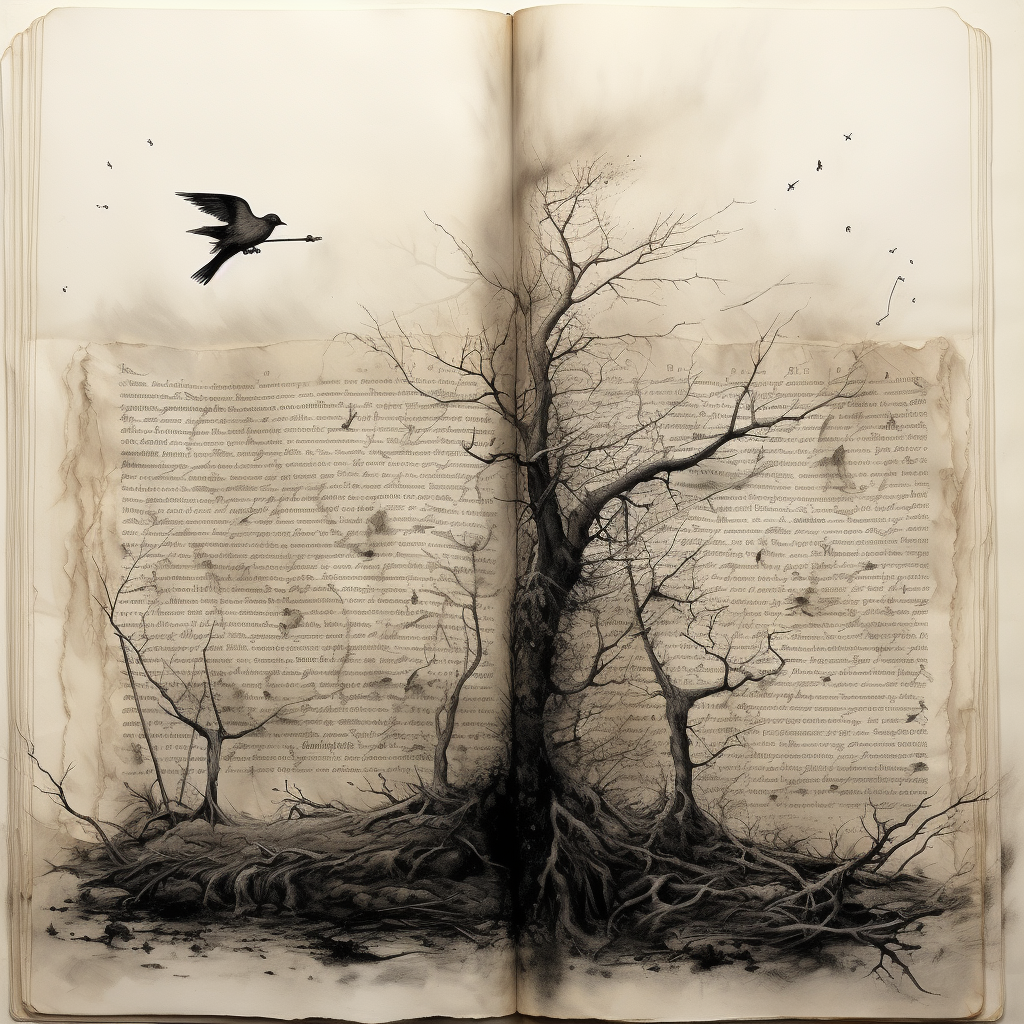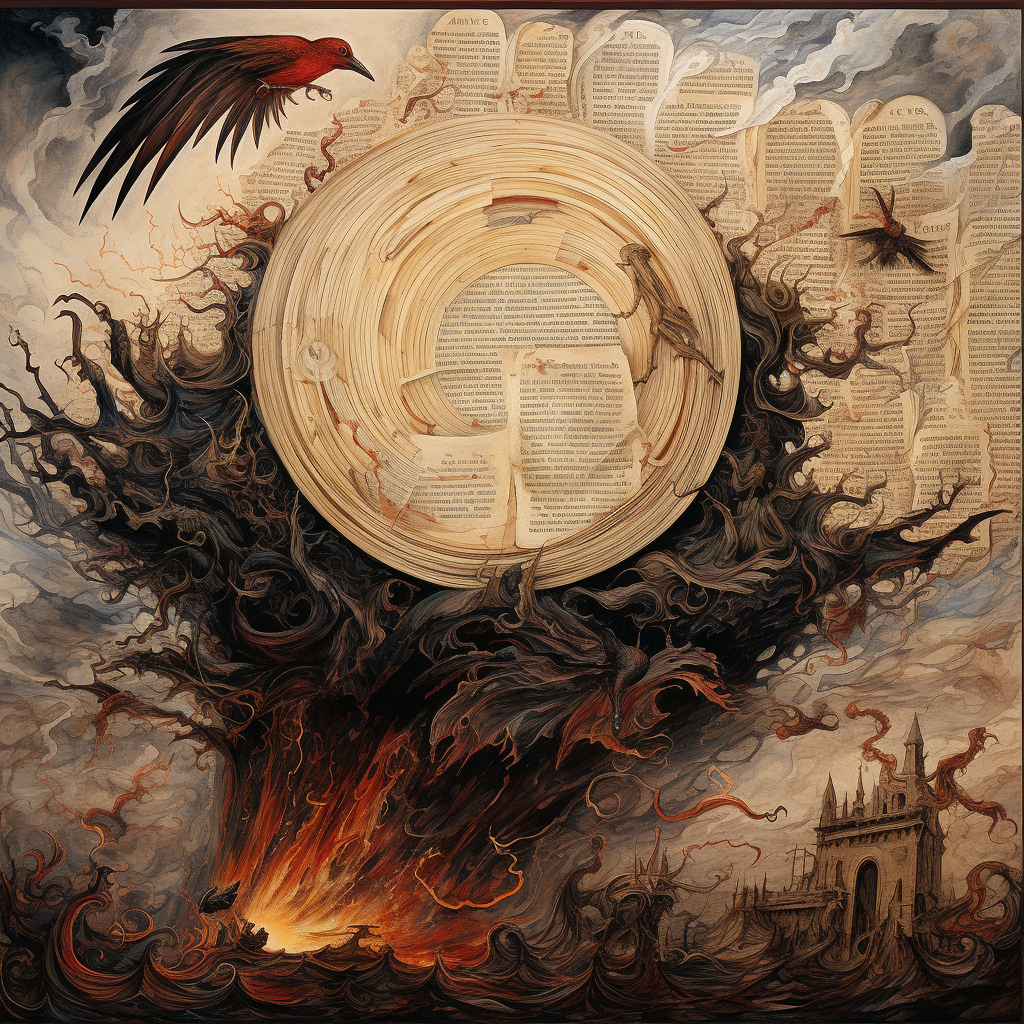
When you step into the enchanting world of poetry, you might find yourself wondering what is a single line of poetry called? Well, you’ve ventured into the realm of monostich, a poetic form as concise as it is captivating. In this poetic journey, we’ll unravel the mysteries of monostich, explore its characteristics, meet famous poets who have embraced it, and dive into examples that will leave you awestruck by the power of a single line.
Defining Monostich: A World in One Line

Monostich (pronounced muh-NOH-stik) is a poetic form that encapsulates an entire poem within a single line. Its name originates from the Greek words “mono” (meaning one) and “stichos” (meaning verse or line). In essence, it’s a one-liner poem that carries the weight of emotions, imagery, and thought within its brevity.
The Origins of Monostich
Monostich has a rich history dating back to classical poetry, where ancient Greek and Latin poets used it as a concise form of expression. It was a way to deliver a powerful message or thought in a single poetic line. This brevity often emphasized the significance of the words chosen.
Examples of Famous Monostich Poems
- “By the open window A single note of a flute Stirs the morning silence.”
— Matsuo Basho - “Morning sun – ant’s sunrise.”
— Issa
These elegant examples showcase how poets like Basho and Issa could create vivid and thought-provoking imagery within the constraints of a single line.
What is a Poem with One Line Called? The Art of Brevity

Monostich poetry possesses distinct characteristics that make it a unique and powerful form of expression:
Conciseness and Brevity
Monostich demands the utmost brevity. It compels poets to choose their words carefully, selecting only those that are essential to convey their message. The result is a distilled, impactful line that resonates with readers.
Use of Vivid Imagery and Symbolism
Despite its brevity, monostich often relies on vivid imagery and symbolism to evoke emotions and provoke thought. Each word becomes a brushstroke, painting a miniature masterpiece in the reader’s mind.
Emphasis on Impactful Wording
In monostich, every word carries weight. Poets focus on using powerful, evocative language that lingers in the reader’s thoughts long after the line has been read.
Famous Monostich Poets: Masters of the One-Liner

Throughout the history of poetry, there have been remarkable poets who excelled in the art of monostich. Here are a few notable figures:
Matsuo Basho (1644-1694)
Basho, a Japanese haiku master, is known for his profound and concise monostich poems. His works often capture the beauty of nature and the fleeting moments of life.
Kobayashi Issa (1763-1828)
Issa, another renowned haiku poet, was a master of monostich as well. His poems are characterized by their simplicity and profound observations of the natural world.
Emily Dickinson (1830-1886)
The American poet Emily Dickinson also dabbled in monostich, creating lines that explored themes of life, death, and the human experience.
Examples of Monostich Poems: A Glimpse into Brevity’s Beauty

The true magic of monostich poetry becomes evident when we explore examples that convey powerful messages within a single line:
- “A world within, a world without.”
- “In darkness, a flicker of hope.”
- “Autumn leaves, whispers of goodbye.”
These lines demonstrate the profound impact that a well-crafted monostich can have, encapsulating complex emotions and ideas with brevity.
Variations and Creative Use of Monostich: Beyond the Single Line

While monostich poetry is primarily associated with single-line poems, poets often experiment with its form and use it creatively. For example:
- Incorporating Monostich as a Conclusion: Some poets use a monostich as a concluding line in longer poems, adding a punch of meaning or a twist to the narrative.
- Telling Stories: Monostich can be combined to form a series, creating a narrative or sequence of thoughts within a collection of single lines.
- Layered Meanings: Poets sometimes employ monostich with layered meanings, encouraging readers to ponder and interpret their words in different ways.
Monostich vs. Traditional Poetry: The Power of Brevity

How does monostich compare to traditional poetry forms like sonnets and haikus? Let’s explore the differences and unique strengths of monostich poetry in contrast to traditional forms.
Monostich vs. Sonnet: Brevity vs. Complexity
While sonnets are celebrated for their structured rhyme schemes and elaborate themes, monostich takes the opposite approach. In a single line, monostich delivers a concise and immediate impact, whereas sonnets require multiple lines to build their narratives. Monostich thrives on brevity, leaving a lasting impression with just one stroke of poetic genius.
Monostich vs. Haiku: Distillation vs. Seasonal Allusion
Haikus, another concise form of poetry, often capture the essence of a moment in nature. They abide by a strict syllable pattern of 5-7-5. Monostich, on the other hand, doesn’t adhere to syllable constraints, allowing for even greater brevity and creativity. Monostich can encompass a wide range of themes and emotions, making it versatile compared to the more traditionally focused haiku.
Conclusion: The Art of Monostich Poetry

In the world of poetry, where elaborate verses and intricate structures abound, monostich stands as a testament to the beauty of brevity. It’s a reminder that a single line, carefully crafted, can resonate deeply with readers, leaving an indelible mark on their hearts and minds.
So, the next time you find yourself pondering the question, “What is a poem with one line called?” remember the captivating world of monostich. Embrace its brevity, savor its impact, and explore the endless possibilities it offers to poets and readers alike.
Monostich: Where a world of meaning resides in a single line.
Learn More About Earning Income from Your Poetry
- Publish Poetry Online and Get Paid
- Do you get paid for publishing poetry?
- How can I get my poetry noticed?
- How much should I sell my poetry for?
- How much does it cost to publish poetry?
- Can anybody be a poet?
- What are the 11 rules in writing a poem?
- What is the number one rule of poetry?
- How many lines must a poem have?
- What is a single line of poetry called?
- What is a poem with one line called?
- What is the middle of a poem called?
- Why don’t poets follow grammar rules?
- What is 3 line poetry called?
- What should a poem look like?
- How to write good poems?
FAQs: Navigating the Intricacies of Monostich Poetry
1. What is the origin of the term “monostich”?
The term “monostich” has Greek origins, coming from the words “mono” (meaning one) and “stichos” (meaning verse or line). It reflects the essence of this poetic form: a single-line verse.
2. Can a monostich poem have a title?
Yes, a monostich poem can have a title that complements or provides context for the single line. The title can enhance the reader’s understanding or offer a different perspective on the poem.
3. Are there any specific rules for writing monostich poetry?
Monostich poetry doesn’t have strict rules, but it thrives on brevity and impactful wording. The challenge lies in conveying depth and meaning within the confines of a single line.
4. Can a monostich poem be a standalone work?
Absolutely. Many poets use monostich as standalone poems, as they can convey profound thoughts and emotions within a single line. However, some poets also incorporate monostich as a part of larger collections or sequences.
5. What is the significance of monostich in modern poetry?
In modern poetry, monostich is celebrated for its ability to capture complex emotions and ideas concisely. It offers readers a moment of reflection and often serves as a memorable takeaway from a poetry collection.